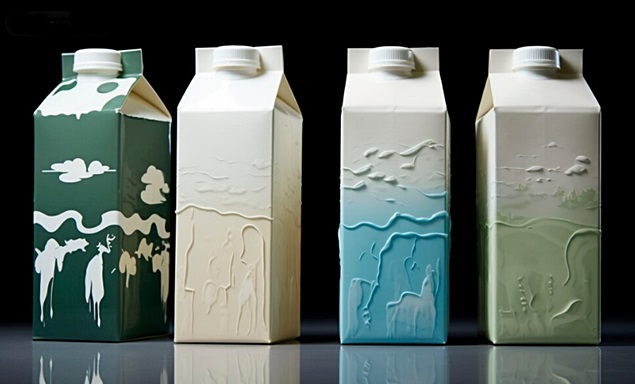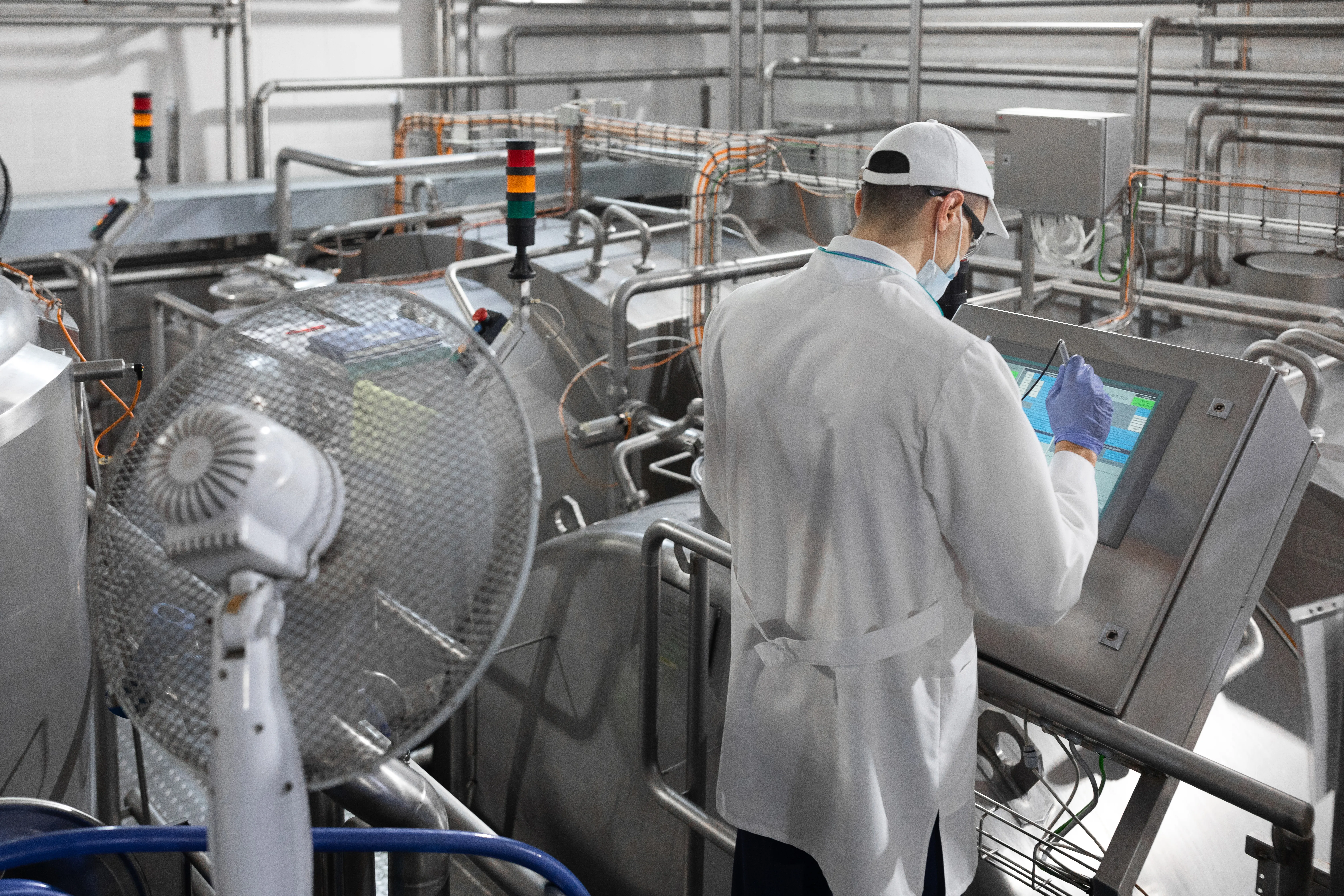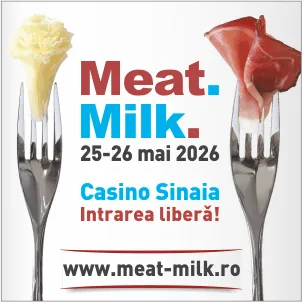1153

The Truth Behind Food Waste and Preserving Dairy Ingredients: A Sustainable Approach
The numbers don’t lie. According to the United Nations, approximately 14% of all food produced globally is lost between harvest and retail, as noted by Dairy Industries.
This presents significant sustainability challenges and valuable financial losses. At the same time, maintaining food safety and nutritional integrity during storage and transportation is crucial—especially for extremely sensitive products such as dairy ingredients and infant formulas.
Therefore, producers must mitigate any risk of consumer distrust caused by product degradation at any stage of the supply chain.
The Role of Oxygen: Friend or Foe in Dairy Product Preservation?
Maintaining the quality of dairy ingredients and infant formulas presents several challenges. As with any other food ingredient, the level of moisture impacts product quality. However, one of the most pressing concerns is controlling exposure to oxygen.
When dairy powders come into contact with atmospheric oxygen, the unsaturated fats in the product can oxidize rapidly. This oxidation process can lead to a decrease in nutritional quality, off-flavors, and rancidity.
However, when oxygen is present in extremely low concentrations, it plays a beneficial role in maintaining the product's color, flavor, and aroma.
How to Extend Shelf Life and Prevent Waste
So, how can producers protect the integrity of dairy ingredients and infant formulas, ensuring they remain in optimal condition?
An effective solution is the use of FIBC, or big bags, equipped with Modified Atmosphere Packaging (MAP). This helps prevent the degradation of high-value dairy powders before they even reach the market.
To establish a modified atmosphere within an FIBC, a special inner lining with barrier properties and a valve is required.
By introducing gases such as nitrogen into the lining, the oxygen level is reduced, preserving the quality of the product and significantly extending its shelf life. Additionally, when a specially designed membrane is integrated into the valve, internal conditions can be monitored without puncturing the lining.
In this way, the lining remains in perfect condition. By using FIBCs with MAP, producers benefit from full control over product safety, consistent product quality and taste, lower Total Cost of Ownership (TCO) due to maximized storage time, and a significant reduction in food waste.





